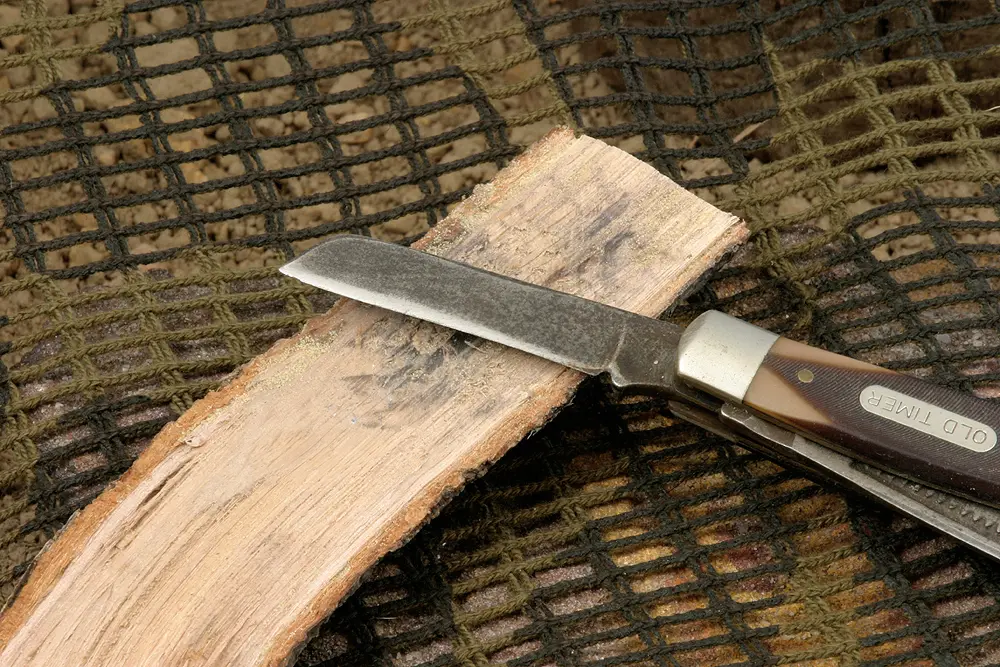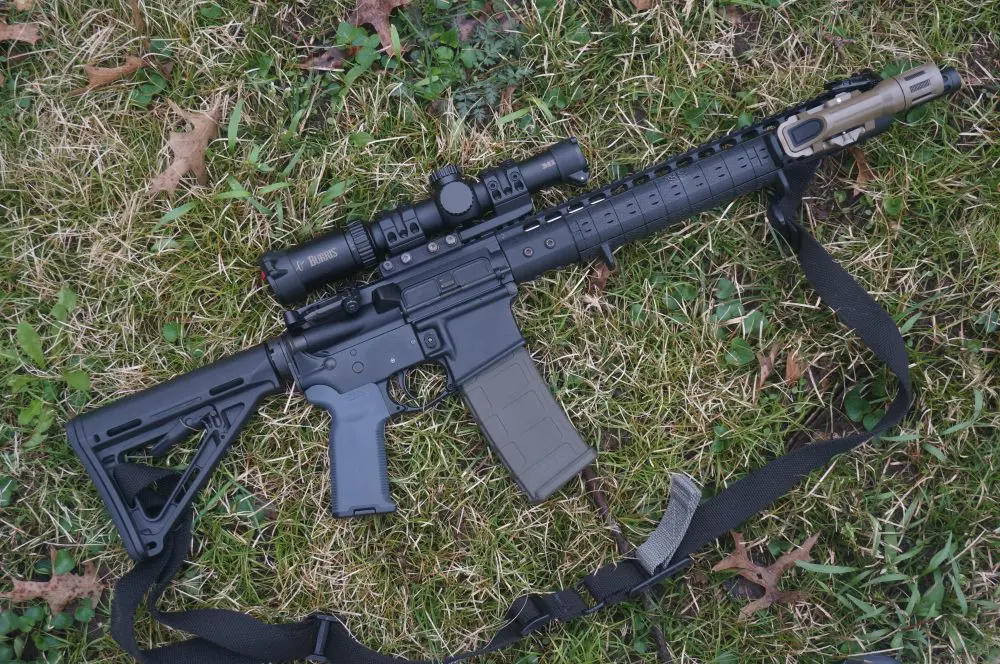Bats generally veer to the left when they exit their caves.
But that doesn’t mean you bet your life on it when a swarm of vampire bats go out to dinner and you’re the closest entree.
Similarly, “new and improved” pistol sight systems may not be all they’re touted to be—or applicable or effective for all shooters. Lasers, scopes, light-gathering fiber-optic rods and tritium inserts may, at first glance, appear to be the answer to the proficient shootist’s dreams of improvement. But first impressions can often be fallacies.
Granted, many of these sights improve accuracy and resultant scores on an orchestrated firing range, but a gunfight often erupts in less than ideal ambient light conditions—and this is where the bat may swerve to the right and suck your blood. One has only to see differing results from multiple capable marksmen using the same weapon and sights under variable light conditions to realize that the sights will benefit the majority of operators under idyllic circumstances. But they may actually be more detrimental than beneficial for some, especially when one is engaged in a volatile, moving, ever-variable projectile exchange.
And thanks to technology—specifically computerized screens, which have enslaved the world—most peoples’ eyesight, and resultant visual cortex perception of what the shootists’ eyes are actually seeing, have deteriorated dramatically in the last ten to 20 years. So what do we do? Instead of retraining our eyes, we bolt on more technology, which is merely a delaying tactic, not a long-term cure. In the medical field, it’s known as a placebo.
Since this is a dispassionate treatise and not intended to attempt to sway the reader’s thinking one way or another, it remains for the individual to try different systems until you hit on one that works for you. For example, if you have a problem with your vision, you have to change something mechanically on the weapon’s sights, or you run the risk of missing the enemy and/or unintentionally butchering a busload of schoolkids. The fix may entail merely painting the iron sights a different color, or mounting an XS/Ashley front sight or a red dot optical sight. But whatever the individual settles on has to work under all foreseen potential conditions.
And these days, the options are endless, but caveat emptor: things aren’t always what they seem. Just because some wonder system looks like the answer to your prayers when demonstrated under controlled conditions doesn’t mean it’ll work in a fight. It may, but it may not. And terms like “may work” aren’t exactly reassuring when it comes to laying your life on the line.
The ubiquitous laser, for example, is very effective on a one-dimensional IPSC target, as long as the target is either stationary or moving laterally on a single horizontal plane at a consistent pace. Unfortunately, in a fight, humans are three dimensional and move erratically, making it extremely difficult to maintain the laser dot on the target. In addition, any intervening moving objects in the foreground—like your wife and kids—“interrupt” the dot’s path between gun and target. A hairy situation at best.
Does this mean lasers are merely gimmicks? Absolutely not. But they should probably be regarded as a potential “bonus,” and not as a total replacement for iron sights or red dot optics.
In the case of a pistol, the red dot optics can be obtained in a small-size variant of the popular carbine and shotgun models, and replace the handgun rear sight (Since this dissertation is about battle use, the above reference is to the small unit that fits into the rear sight dovetail on a pistol slide and uses a standard holster, not the “monster” units mounted to unlimited competition guns).
As technology improves, so do the durability and battery life of these units, with operational time ranging anywhere from half-a-dozen to 80,000 hours’ burn time. (Yes, that’s 80,000 hours’ battery life.) Do the math: you’ll die of old age before you have to replace components … if you win your gunfights.
Very effective if you like them—or need them because your china blues are dimming with age—but it’s as well to remember that not all the available units are quality built. Once again, buyer beware, as the best optics are worthless if they fail.
Another much-touted addition is the advent of glow-in-the-dark tritium sight inserts. A great idea in theory, but in practice they don’t work anywhere near as effectively as the premise on which they are based, and the documentation on them actually having solved a battle problem is as rare as rocking-horse feces. In actuality, after the first round fired in dim light, you’re pretty much down to muzzle flash optically “washing out” the tritium glow, which means you have sight alignment against the muzzle flash, but no sight picture.
In other words, after round one you have no idea where your target is. So you haul out your trusty flashlight—in which case you didn’t need those cool-looking nuclear glow-in-the-dark inserts in the first place…
What was that riddle thingy about the chicken and the egg?
And last but not least, we have fiber-optic sights, which are designed to gather ambient light through cut-outs in the top of the front and rear sight bodies. Again, sometimes you get the chicken, and sometimes you get the feathers. There’s virtually no ambient light in a dark alley, and conversely, many is the time when shootists have to run masking tape over the rear sight cut-outs in bright sunlight to negate their light-gathering ability or they visually “overpower” the front sight, resulting in large target groups downrange.
Suggestions include mechanically “darkening” the rear sight, or buying a multi-color set, which has a brighter front than rear sight optical appearance—under all light conditions. And then hope that the front sight doesn’t fail after a long shelf life, as tritiums do.
The overall solution is to try all the systems until you find one that works for you under all potential lighting conditions.
Maybe bats veer to the left when they exit their cave, but some may hook to the right. But one absolute is what they leave behind on the floor of the bat cave…
[Louis Awerbuck is Director of the internationally acclaimed Yavapai Firearms Academy. Course information and schedules are available at their website at www.yfainc.com.]



